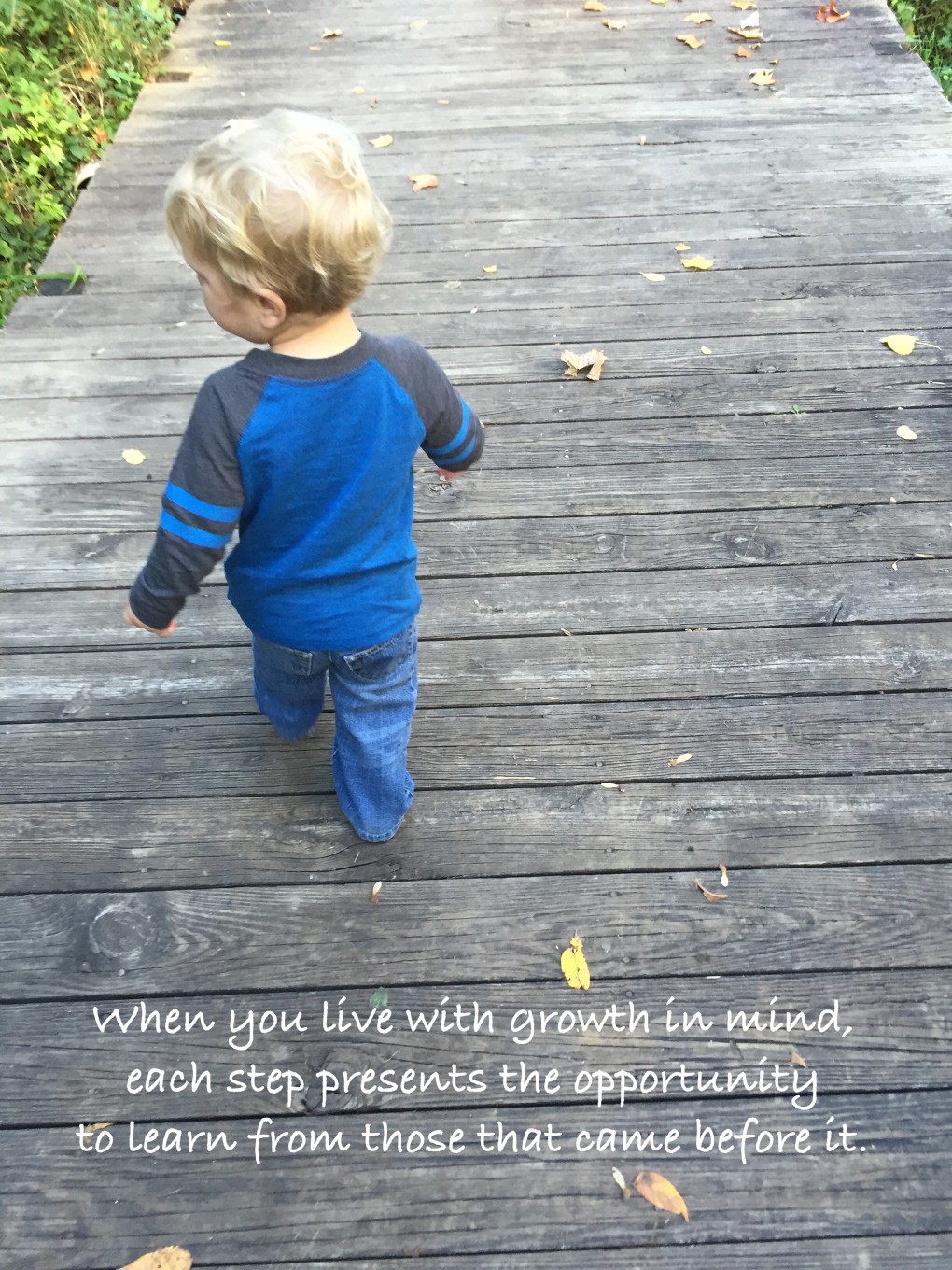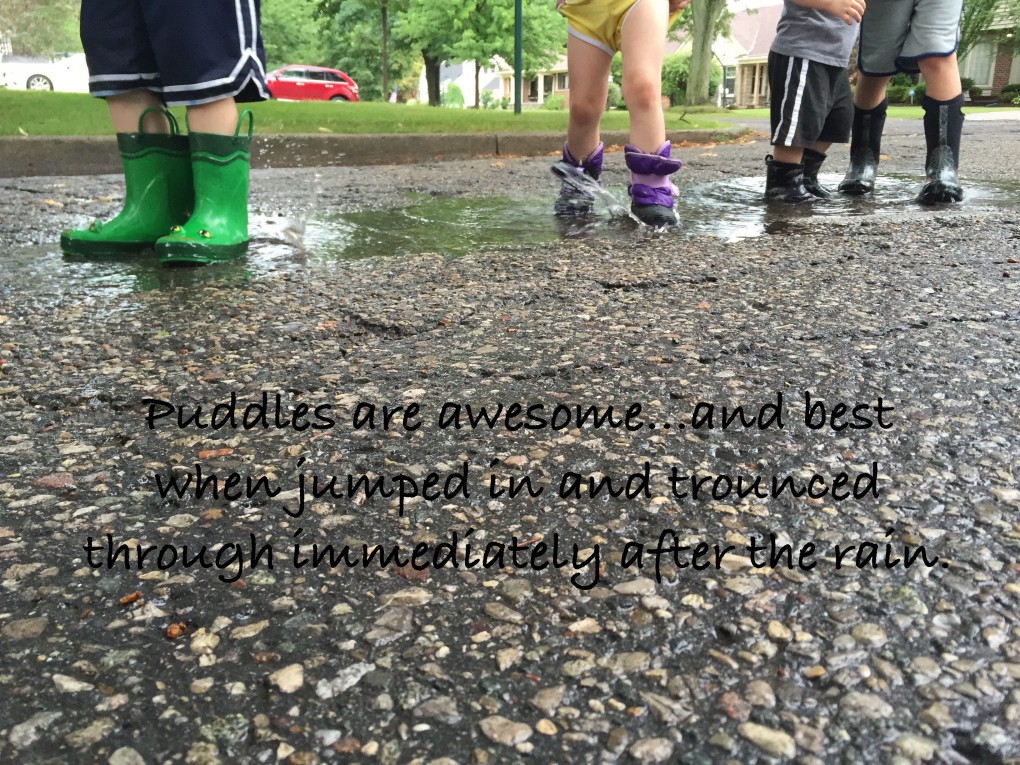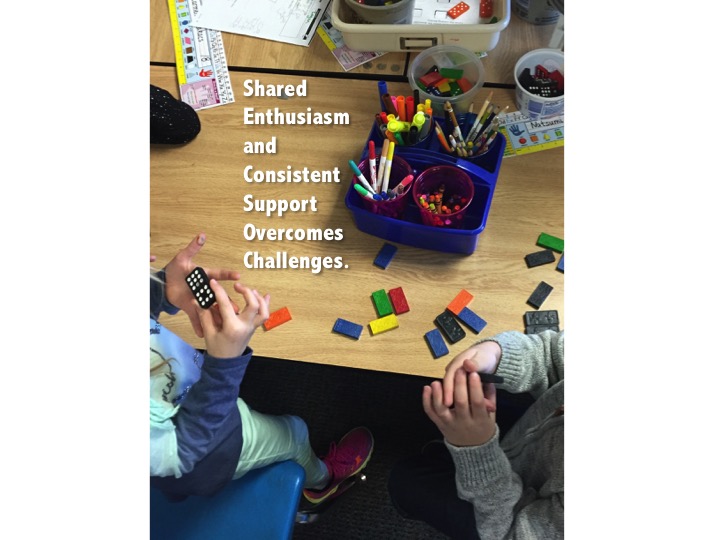Reflection and Growth: The Bad News Is the Good News [(a)IQ]
When I think about reflection I typically think about looking back on something. I think about a blanket analysis of something I had previously thought, said, or done.
Why?
Why do I think of reflection as a simple backward-looking act when I know what the word means? A reflection is an image of the present. It’s essentially an aura of the moment in which it exists, and in that, it’s a powerful tool for considering growth and next steps.
While the incorporation of pathway and progress are essential to planning and forward thinking, it would seem that those next steps should be the critical focus of a meaningful reflective practice.
Hank Procee refers to Frank Serafini’s outlining of reflective practice on the foundation of both “reflectively” as dealing with “profession-related issues” and “reflection” as stressing “critical social issues.” He summaries Serifini’s distinction between “three critical dimensions” or reflective practice as follows, “The first dimension in purpose (what is the goal of reflection); the second is process (how is reflection exercised); and the third is focus (what is the central event or experience to reflect upon)” (p. 238).
I’m beginning to consider that my conventional reflective paradigm might have something to do with a type judgment that lays outside of the scientific lens that Serifini constructs, and in that, has the potential to restrict meaningful and progressive outcomes. It is through that consideration that I have been further contemplating shifting my paradigm in favor of a more real-time conception, solidifying a new reflective paradigm that better aligns with my intended purpose, process, and focus, and framing each reflective stop along the path with forward progress always in mind.
In doing so, I’m also bearing in mind an effort to reframe and enhance my perception of judgment as a function of learning and growth indelibly connected to reflection.
Visualize your own reflection in a mirror. What do you see? Do you not see yourself as you are right now?
Arguably, in this moment, within your reflection, and given the knowledge you have of yourself and your past, you can see how that past has impacted your progress toward this moment.
As I reflect right now my thoughts are with what has led to this moment, professionally and personally, and with what I might think, say, and do to continue becoming what it is I’m aiming at. This would be a process focused on real-time growth with the purpose of learning and enhances practice…process, purpose, and focus.
In reflection through this lens I would be forced to think on a foundation of the moment I’m witnessing and asking how I can bring my best and most thoughtful personal and professional qualities to each consecutive moment, even as I change along with an ever-changing understanding of myself within both a personal and professional context.
Another critical aspect of understanding my best and how to tap it in each moment is reflection around best practices in others. Sometimes it’s difficult to see and understand our own best. It often seems less difficult to recognize others at their best or to pick out best qualities in others. If that is the case, scientifically reflecting on the thoughts, ideas, and actions of others as potential models of effective practice (whether through a “what to do” or a “what not to do” lens) could contribute to progress in meaningful ways as well.
In doing so it is critical to avoid negative or personalized judgment, while focusing in on growth-producing judgment. What if I were only to pull only the very best from every situation I see or hear about? What if my reflective practice was only about the positive? What if even the instinctively negative aspects of reflective judgment were forcibly viewed holistically as opportunities for advancement?
Inside of a growth mindset, even challenges and mistakes are to be considered positive opportunities for learning. Through this lens, even the bad news is the good news because the bad news is fodder for contemplation of connected development.
I would suggest that thinking about reflection as a scientific act in which purpose, process, and focus set the stage for growth allows us to separate from the arguably reflexive potential for negative judgment, and to connect our personal and professional practice to the meaningful growth patterns we would inevitably then discover in ourselves and in others. I would further suggest that the same has the potential to help reflective practitioners see those patterns with enhanced clarity and use them as drivers of continuous and positive progress.
Live. Love. Listen. Learn. Lead. Thanks.




